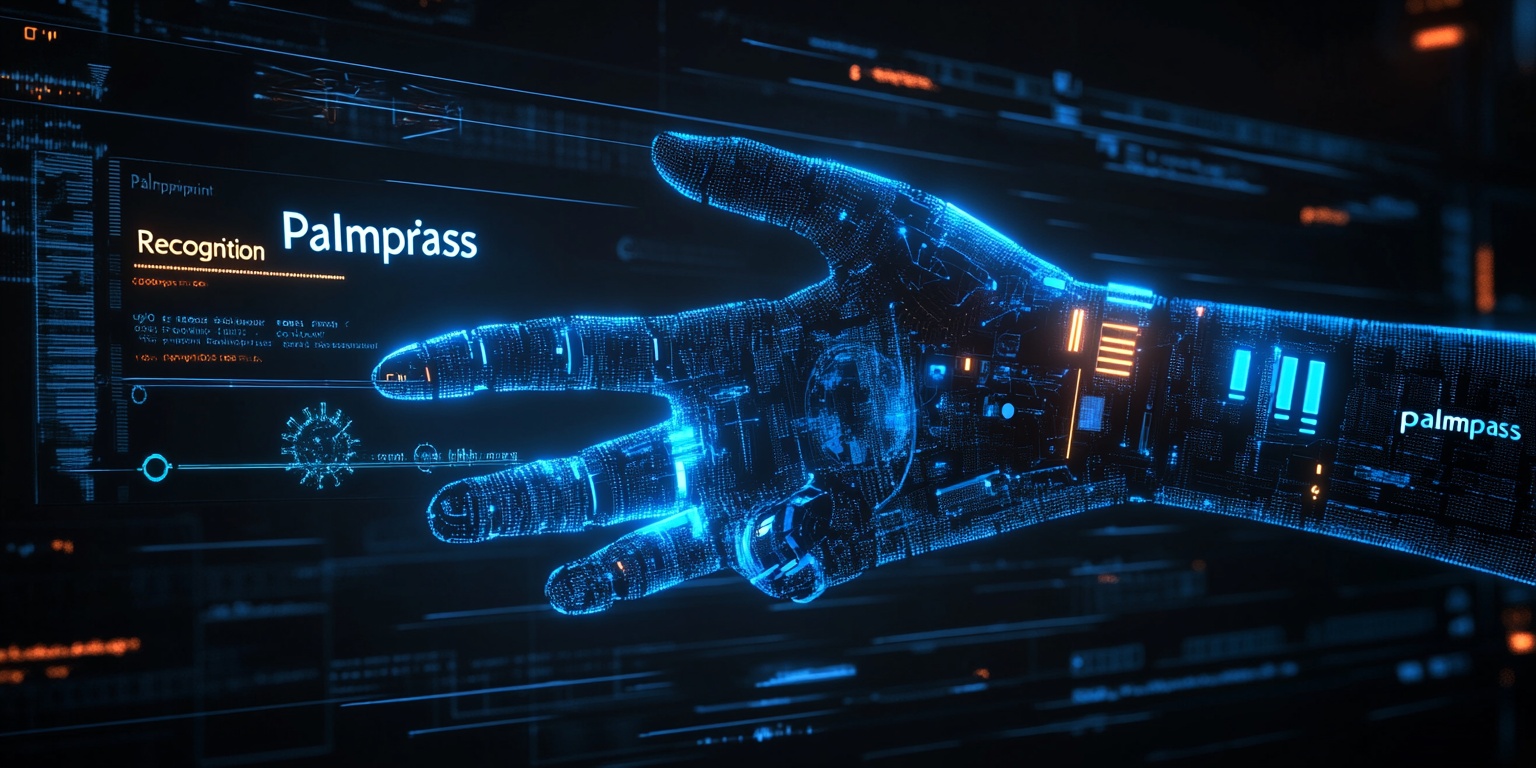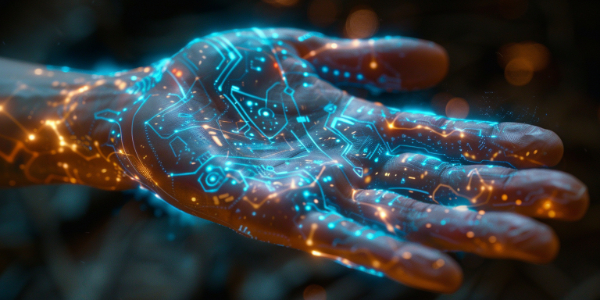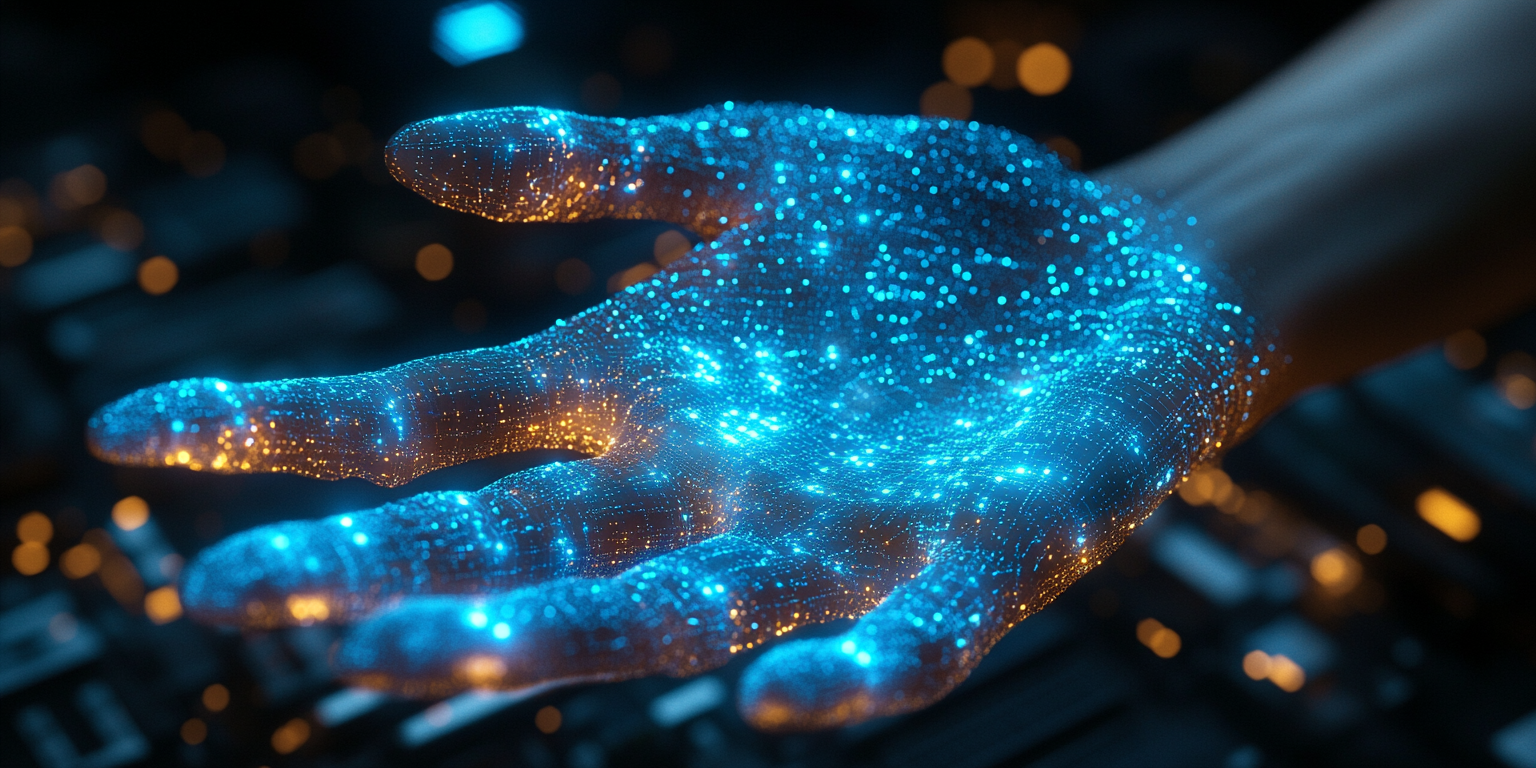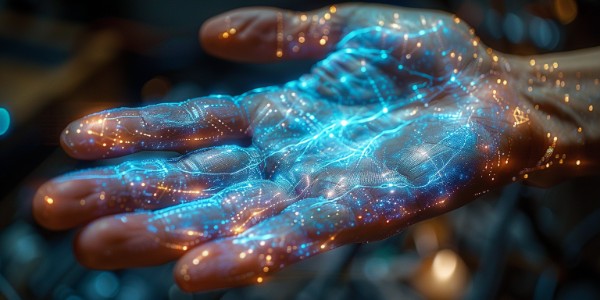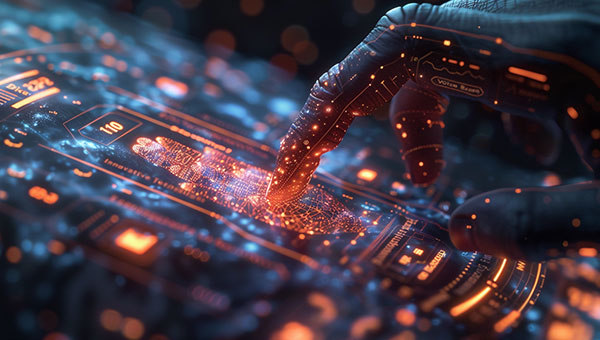Unveiling the Potency of Local Binary Patterns (LBP) in Texture Analysis for Computer Vision
Local Binary Pattern (LBP) stands as a cornerstone in the realm of texture descriptors within computer vision. This discourse delves into the intricacies of LBP, elucidating its operational mechanism, and weighing its merits and demerits.
Local Binary Pattern (LBP) stands as a cornerstone in the realm of texture descriptors within computer vision. This discourse delves into the intricacies of LBP, elucidating its operational mechanism, and weighing its merits and demerits.
LBP, rooted in appearance features, furnishes a means to delineate the local structure of an image resilient to luminosity shifts. Since its inception in 1994, LBP has permeated diverse applications, spanning object recognition, facial detection, and texture classification, owing to its simplicity and efficacy.
The Genesis of LBP
At its core, LBP gauges the intensity of a central pixel vis-à-vis its surrounding pixels within a delimited neighborhood. Each pixel's intensity relative to a predefined threshold predicates a binary value, thereby constructing a binary number encapsulating the neighborhood's texture. These binary codes coalesce into a histogram, encapsulating the texture distribution within the image.
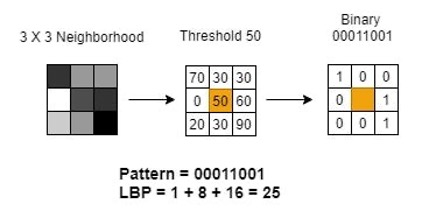
The modus operandi of LBP is illustrated in Figure 1, delineating the sequential steps:
Select a pixel and its neighboring pixels within a circular or rectangular region.
Determine a threshold (e.g., intensity of the chosen pixel).
Iterate through each neighboring pixel, assigning a binary value (1 or 0) based on its intensity relative to the threshold.
Concatenate the binary values to form a binary code for the central pixel and convert it to a decimal value.
Repeat the process for all pixels to compile a comprehensive set of LBP values.
Utilizing these LBP values, a histogram is constructed to depict the frequency of distinct texture patterns, furnishing a feature vector for texture classification endeavors.
Advantages of LBP
LBP boasts several advantages conducive to its ubiquity in texture analysis:
Resilience to illumination variations, rendering it adept at discerning texture amidst diverse lighting conditions.
Computational efficiency, rendering it apt for real-time applications and large datasets.
Invariance to image rotation and scale, bolstering its applicability across varied contexts.
High discriminative power in texture analysis.
Disadvantages of LBP
LBP harbors certain limitations:
Susceptibility to image noise, compromising the fidelity of texture information.
Confinement to local texture information, constraining its ability to capture global texture nuances.
Inability to discern rotational patterns in texture, impeding discrimination among similar textures with distinct rotational configurations.
Predominantly applicable to grayscale images, thus overlooking color information in texture analysis.





